It was a Sunday in early March, before “social distancing” was our new normal, that my friends Katie and Jim came over for brunch. Katie Dunn has been performing comedy in exhaustively diverse ways since I met her ten years ago, and I met Jim Bathurst as a student of my beginning improv class. Now the three of us perform together with ComedySportz DC, on this day it was my work with The Beytin Agency that brought us all together.
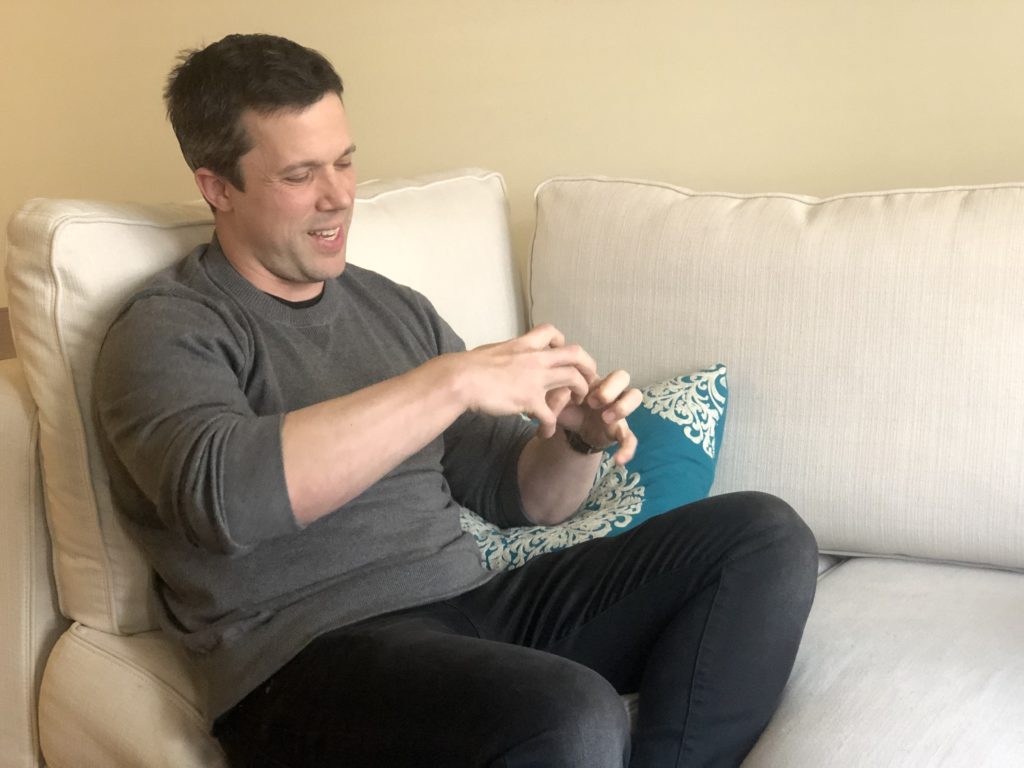
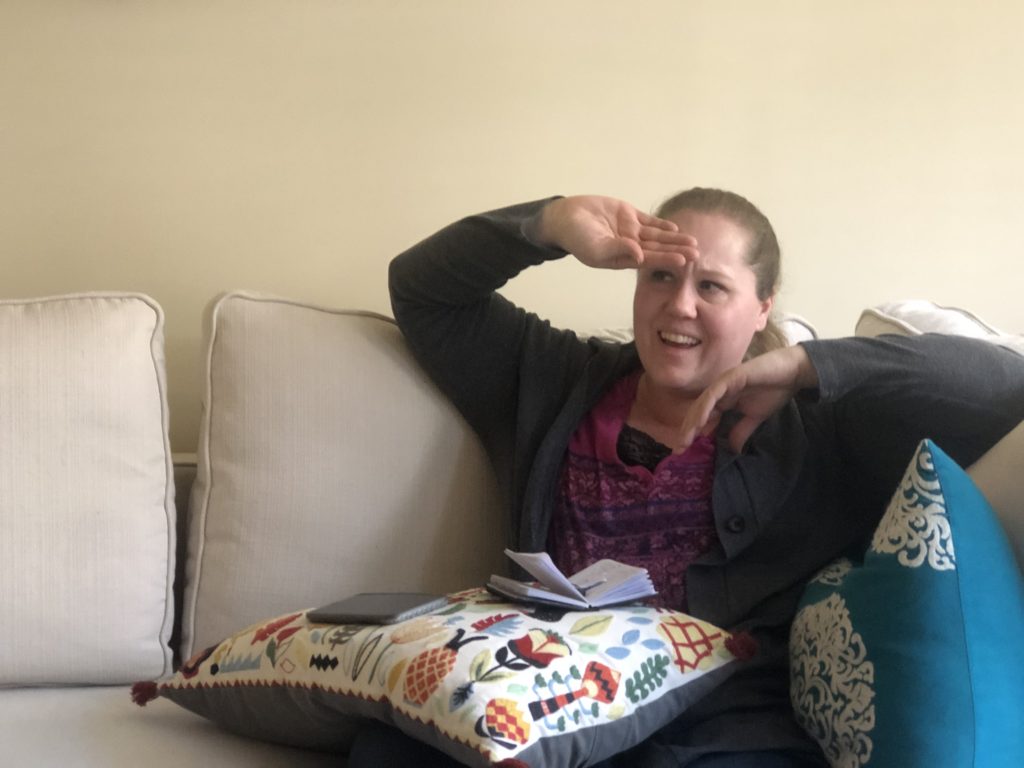
“Because I’m a comedian and I know lots of actors,” I explained to Katie and Jim, “my coworkers at Beytin often say, ‘Anna, you know someone who will do this job, right?’” This was the case for both of them, before they agreed to participate in a Beytin photo shoot.
For the piece featuring Katie the initial idea came from brainstorming around the concept of “Lady Justice.” Playing off the axiom “Lady Justice is blind,” we wanted to comment on the need for justice reform, showing Justice with a strategically loose blindfold. Searching through numerous stock photos we could not land on the perfect image. “Ideally we would need a model and create the photo ourselves,” Aaron Beytin may say—then we make that happen.
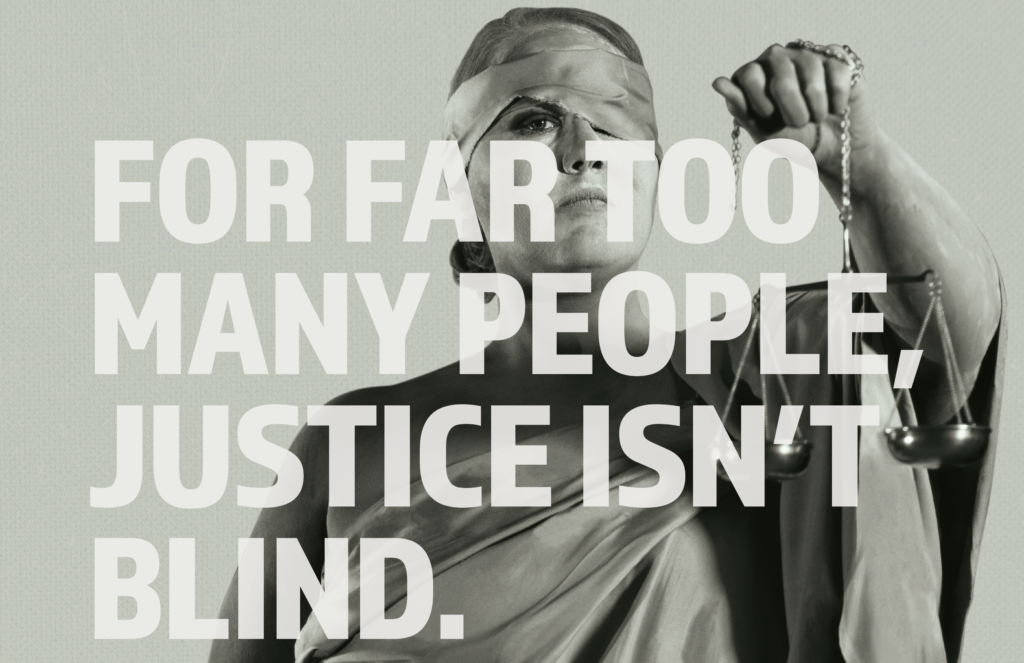
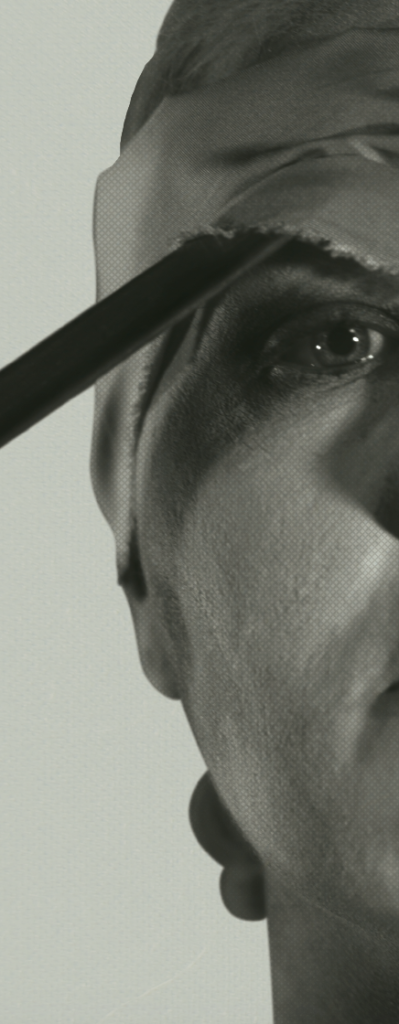
Similar to the “Lady Justice” shoot, our photoshoot with Jim came from a brainstorming session around a concept. Our opposition in a campaign profited from their elected position, much to the detriment of his constituents. We wanted to draw a correlation between lining his pockets with profits to a man stuffing his suite jacket with literal dough. We began to brainstorm and once again concluded an original photoshoot would be the best way to get the exact image we want. It was after I posted on Facebook, “Hey actor friends, who has a business suit you don’t mind ruining?” Jim answered the call.

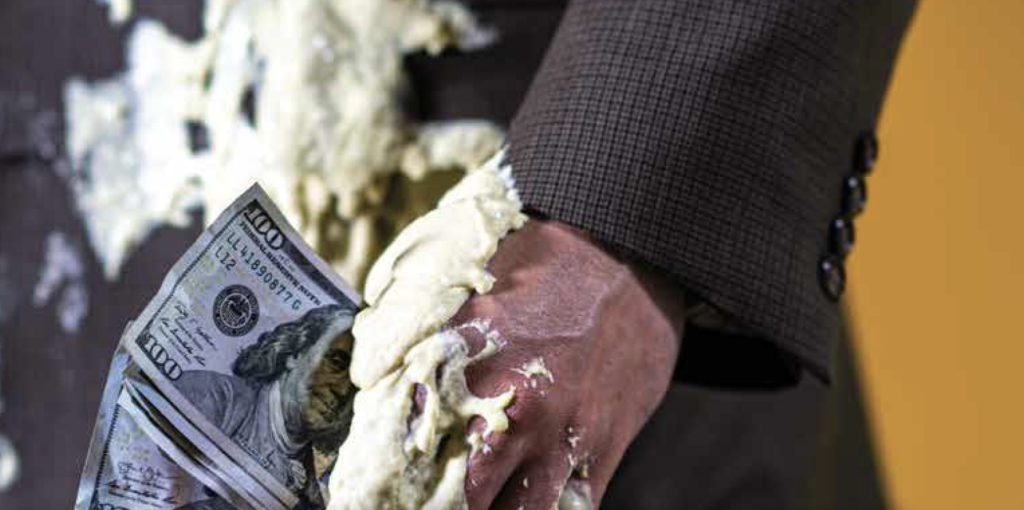
The three of us laugh between mimosa sips as we joke “I just needed a body” for Jim’s piece. However, this is not really the case with our photoshoots. We spend hours making the subjects feel comfortable, seeing them take directions and adapt. To flippantly say “just a body” ignores the emotion we want to evoke in our pieces. In fact, upon seeing Jim’s reply to my initial post I was very excited. “Jim’s a gymnast!” I retold my friends as I recalled my response, “We can really put him in weird positions if we wanted to!”
Katie and Jim’s past creative experiences factored majorly into my considering them for their respective gigs. Having an “improv comedy” urge within in them, both knew how to be flexible and open during their shoots. “One of my previous experiences,” Katie stated, “was a shoot for marketing purposes for a short film. It’s one frame to try and make people want to see more. It’s about trusting the photographer that they’ll get the shot they want.”
“Trusting the photographer was a key part,” Jim added. “In past things I’ve done, I’d be holding a handstand and I knew that feeling. When the photographer would ask for something different, I knew how it should feel versus the variation. You can feel the difference and while holding a position unnatural to yourself, you trust it’s going to look good on film.” It’s clear Katie and Jim both respect the process of an involved photoshoot just to get that perfect shot.
No detail was spared on either shoot. Jim had homemade dough dripping in viscous blobs out of his pockets, covering sticky fingers holding cash. Using real life items as “props,” such as a steal sword and gold-plated scales of Lady Justice, adds a level of authenticity. Katie described her Lady Justice as “caked” in green and grey paint, “The details in the paint, and then also the detail in the props… we’re not talking Party City.”
Using stock images with obvious props is no comparison to a Beytin Agency photo shoot. We think through every detail in order to capture something special. A personalized to the campaign shoot is designed to capture something authentic and unique. When such a clear vision demands a Beytin original photoshoot, we focus on every detail for the most effective campaign.
We believe that a great image can make or break a mail piece. Which is why we’re willing to do (almost) anything to get that image.

